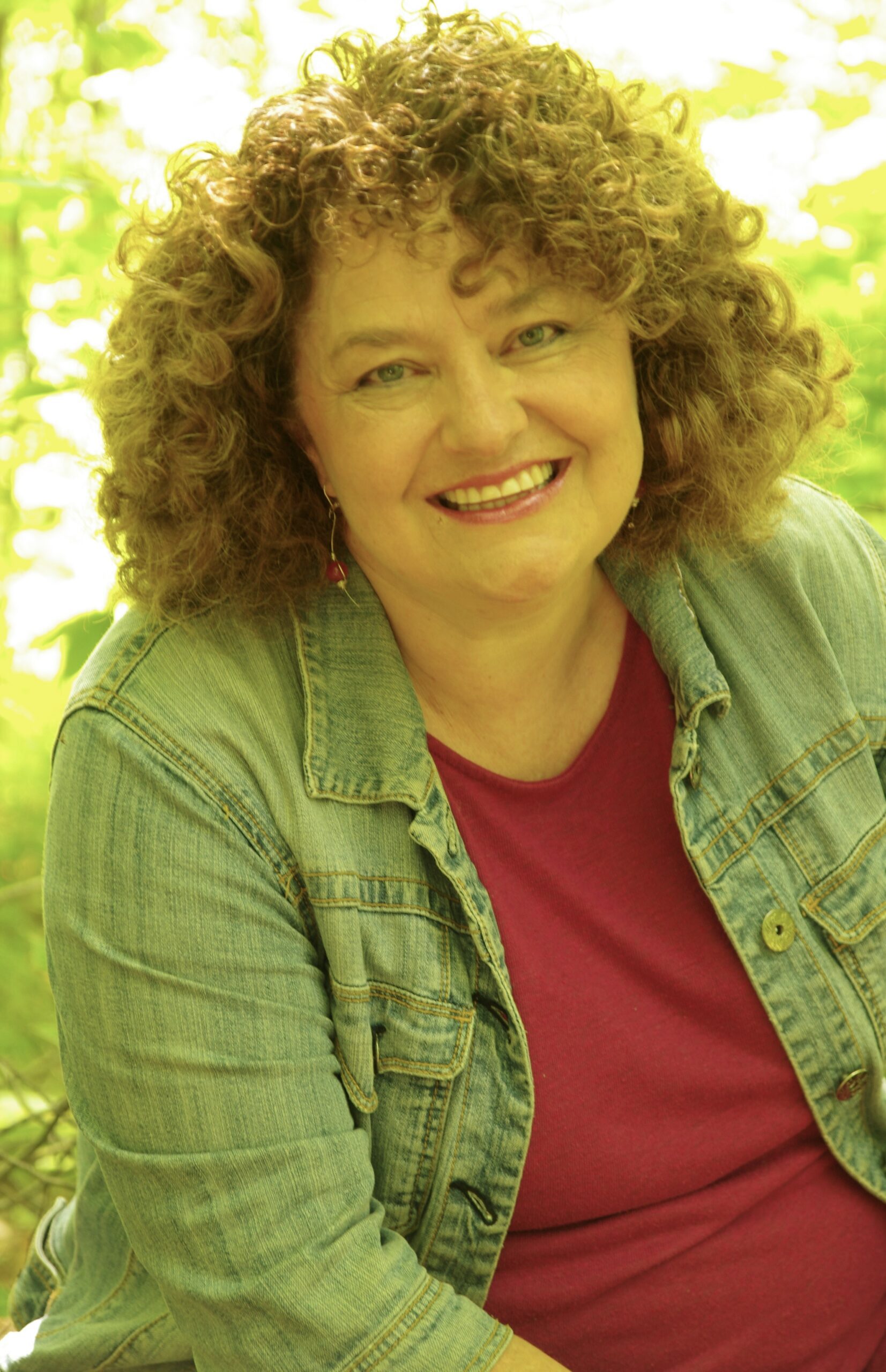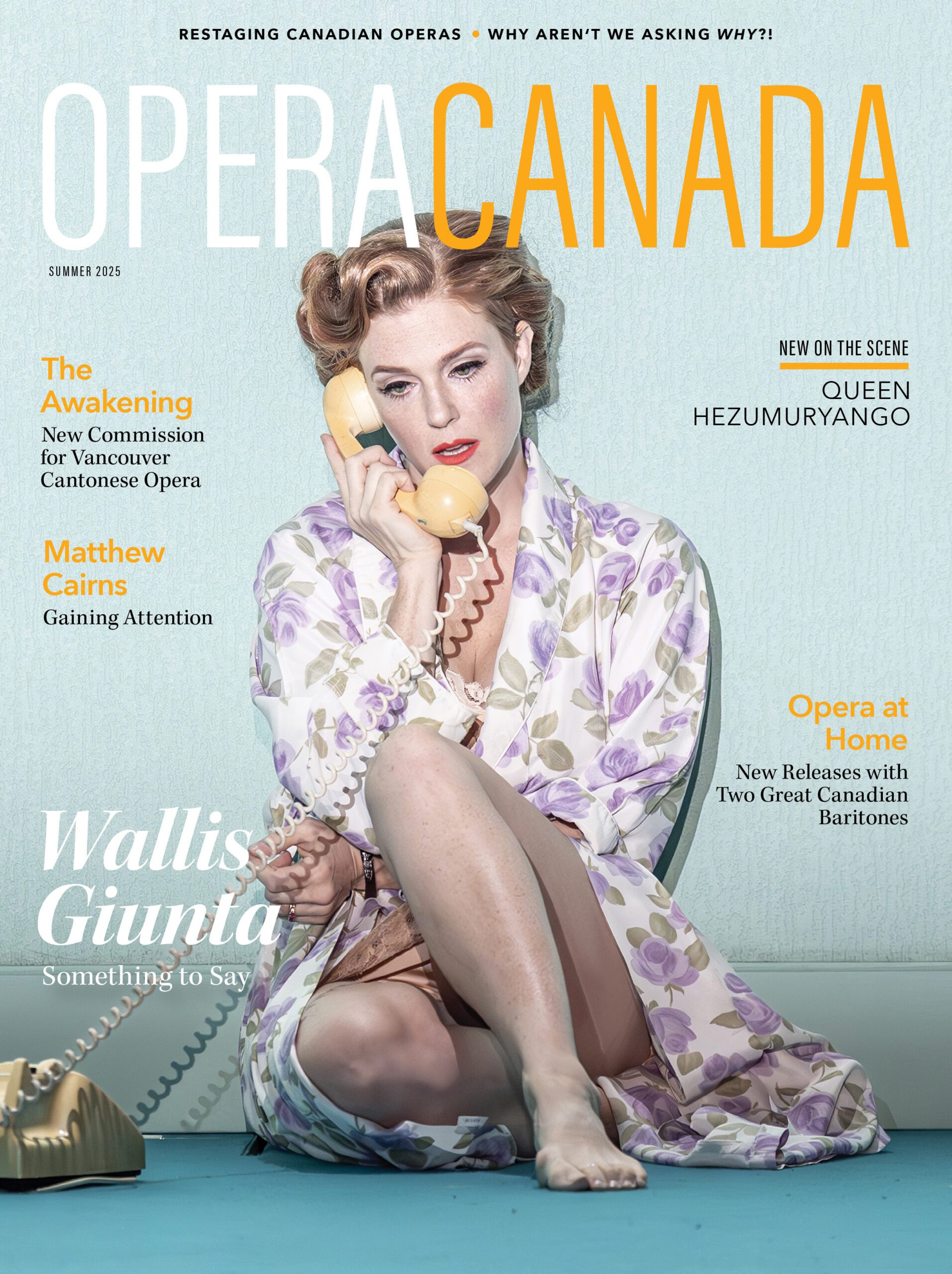What’s on your summer to-do list? A picnic? Family vacation? Getting caught up on your reading? You might want to add “attending a light opera.”
Opera York performed Gilbert and Sullivan’s H.M.S. Pinafore for two performances at the Richmond Hill Centre for the Performing Arts. I attended the second performance and was impressed with the large, intergenerational, multicultural crowd who were gathered to see the farcical British story. In fact, the whole show’s humour is focused on the interaction of different social classes while lampooning the British class system. Everything is fair game in Gilbert and Sullivan, and the evening was spent poking fun at politics, patriotism, the Royal Navy in particular and just about anyone in authority.
The plot is filled with comic twists and turns. The Captain of the Pinafore has a daughter named Josephine who is in love with a lower-class sailor, Ralph Rackstraw. The Captain wants Josephine to marry Sir Joseph Porter who is the First Lord of the Admiralty. A secret from Little Buttercup (a woman who is a savvy dockside vendor and holds a secret passion for the Captain) changes everything. She reveals that the Captain and Ralph were switched at birth, which throws the social order into chaos, thus allowing Ralph to marry Josephine, the Captain to marry Buttercup and Sir John to marry his cousin, Hebe.
In the role of Captain Corcoran, John Holland was a fine actor who was obsequious with his superiors yet convivial through all the social uprooting he experienced. Holland’s baritone was best suited to lively patter songs, and “I am the Captain of the Pinafore” was delivered with the comic exuberance expected in a G & S operetta.
As Josephine, Grace Quinsey was delightful. She was graceful and had an excellent sense of comic timing. Her operatic training shone through in “The hours creep on apace,” as she comfortably tackled some gruelling high notes. At times, it was difficult to decipher her words, but her laser-sharp upper register was impressive. Charles Davidson played her love interest, Ralph, and together he and Quinsey made a charming couple with lovely blend in “Refrain, audacious tar.” Davidson’s background in oratorio and musical theatre made him a triple threat – an excellent singer with a golden upper register, a fine dancer and a believable actor. His voice was particularly adept in the high range of “The nightingale.”

Photo Credit: Robin Stewart
The strong male chorus of British sailors, with Charles Davidson as Ralph Rackstraw in the centre
I was puzzled with the casting of Karen Usha as Little Buttercup given the jokes in the dialogue which suggested that the character should have been more plump. Usha’s Buttercup appeared as a refined beauty, not someone you would expect to smuggle babies, and she was more foreboding than flirtatious. “I’m called Little Buttercup” was taken at a slower pace than usual, which showcased her lush mezzo tones. As Sir Joseph, Marc Potvin was a comic delight. His facial expressions and nimble physical comedy were hilarious, and his command of the role – both vocally and dramatically – was evidence of a musical career immersed in G & S fare.
Douglas Tranquada (Bill Bobstay) was vocally strong and had an enthusiasm which made him an audience favourite. Heather McGrath (Hebe) was suitably snobbish, while Mikhail Shemet (Dick Deadeye) produced some beautiful singing under all his character’s hideous makeup. Yury Jakymec (Bob Becket) and Herbert Hess (Tom Tucker) added a fuller sound to ensemble work.
Overall, the male chorus members sang with more precision and energy than their female counterparts, and some of the smaller male groupings had tight barbershop-like harmony. Conductor Geoff Butler had his work cut out for him with chorus entrances which sometimes turned into “push me, pull me” scenarios as the 33 amateur choristers navigated the stage while singing fast-paced music. When the entire chorus and leads stood at attention during “He is an Englishman,” the sound was glorious. Butler’s orchestra was up for whatever Pinafore threw at them, and despite some violins in need of tuning in the second half, the 19 musicians produced a playful accompaniment with appropriate precision.
Penelope Cookson’s direction was imaginative, yet not too chaotic, giving all singers a clear sight line to the conductor. Gabriel Cropley’s and Robert Kisin’s lighting direction showed effective use of projections as backdrops, and the use of the giant British flag at the end being particularly delightful. Frank Pasian’s set design was elegantly simple. Amanda Eason’s costumes were creative, and the female costumes’ bright hues were striking. My only quibble is that Captain Corcoran’s short-sleeved shirt and peaked cap looked more like those of Captain Stubing on The Love Boat than a Victorian naval captain.
A couple of reliable sources have indicated that this H.M.S. Pinafore production is the start of Opera York producing an annual light opera at the beginning of summer. Next year, I’d advise buying sunscreen and a ticket to Opera York.
Opera Canada depends on the generous contributions of its supporters to bring readers outstanding, in-depth coverage of opera in Canada and beyond. Please consider subscribing or donating today.

Dawn Martens received a 2010 Ruby Award for opera education, as well as a 2020 Governor General’s History Award for Excellence in Teaching for an online children’s production of Brundibar. A writer for Opera Canada for over 20 years, she is currently the host of Opera Night in Canada on 100.9 Canoe FM.









